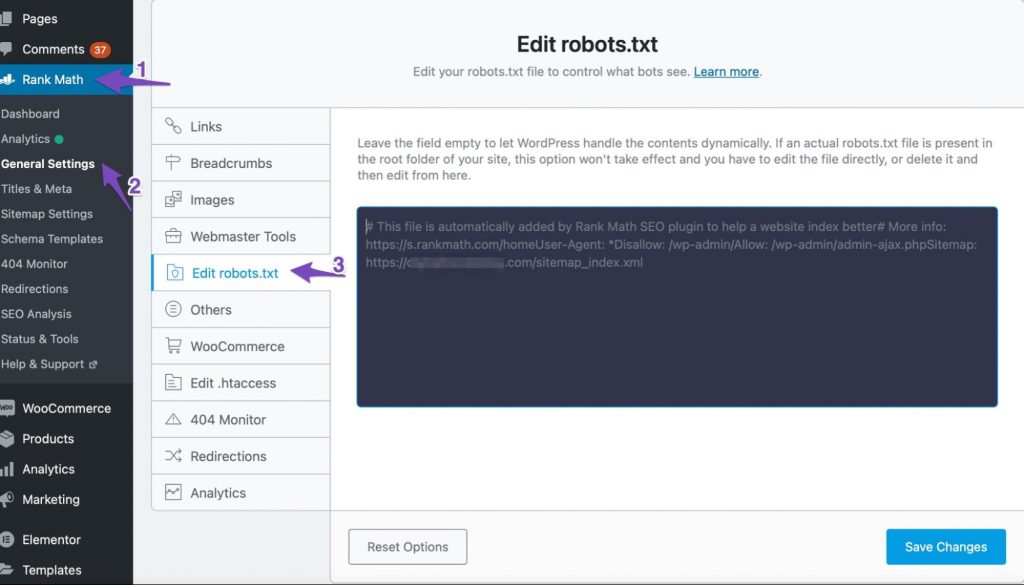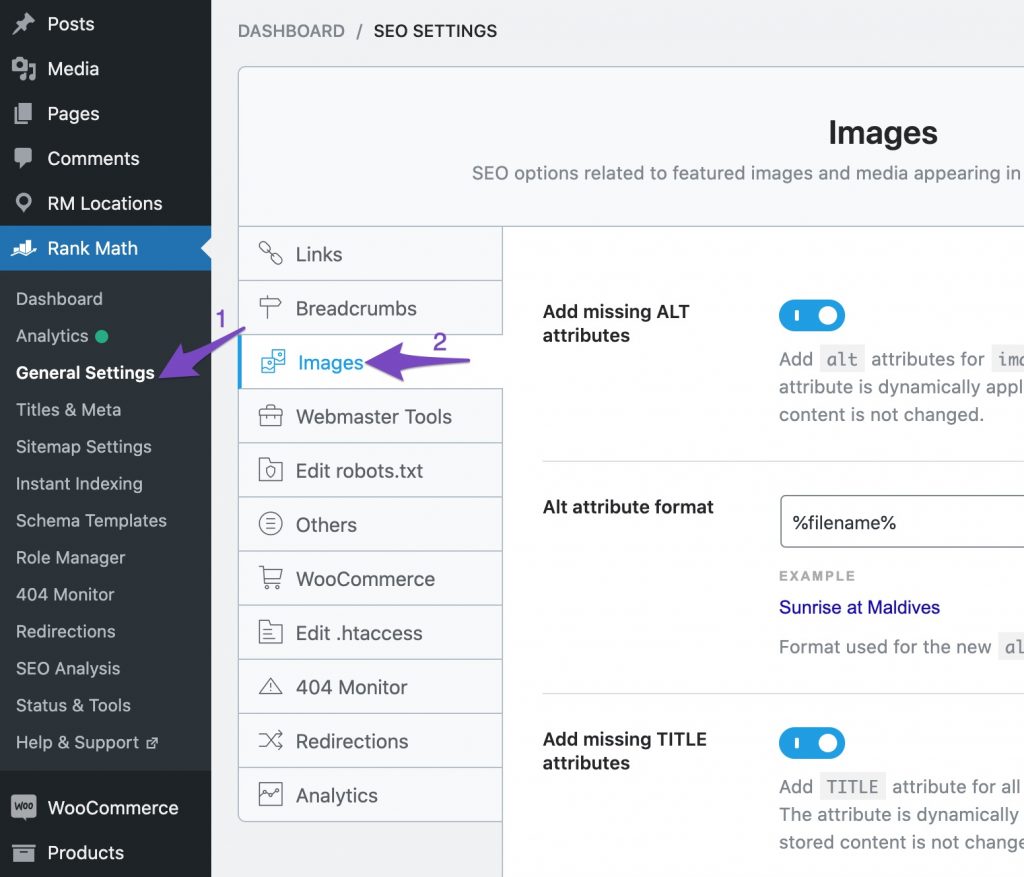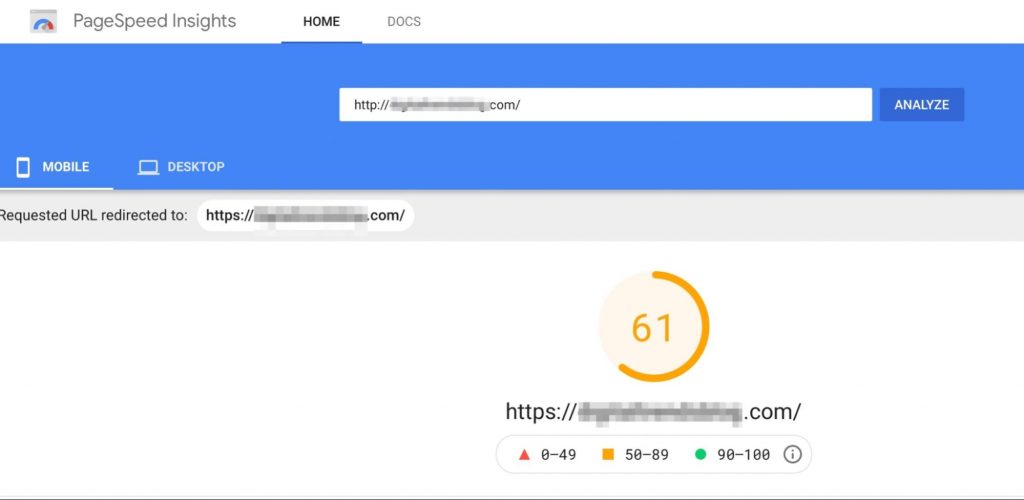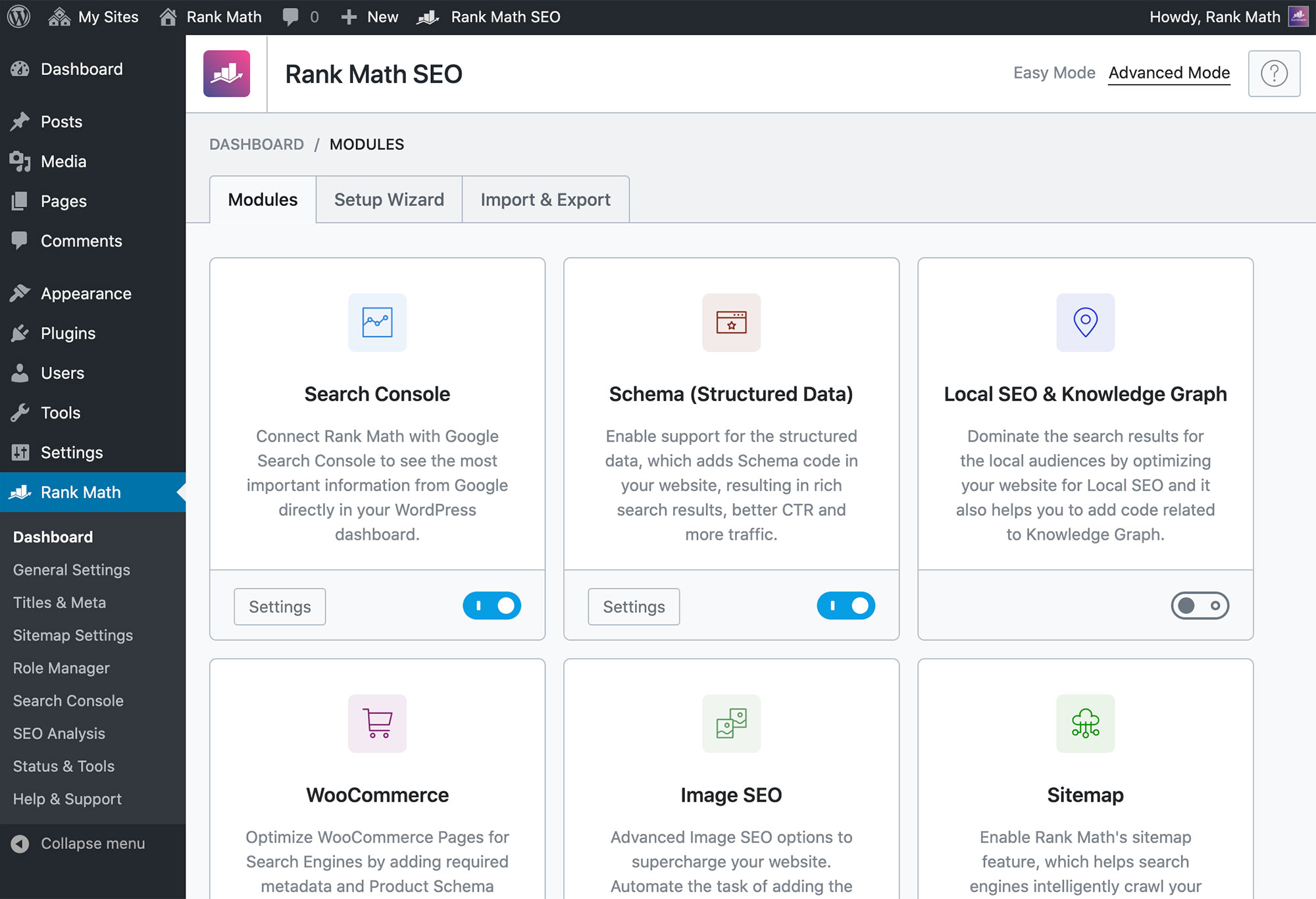Top 10 Google Ranking Factors For 2021
As SEO needs are continuously changing, it’s challenging to stay updated.
However, if you want to see your Google rankings rise from the bottom to the top, you must be updated with the latest trends.
Over time, well-optimized sites gain more visitors, which implies more leads and, in turn, more revenue. Searchers won’t reach your site if you don’t use SEO, and all of your hard work will be in vain.
Google Ranking Factors For 2021
Let’s now look at some of the ranking factors that will help you rank your site in the search engines.
1. A Secure and Accessible Website
The first SEO ranking criteria, unsurprisingly, has to do with having the appropriate URL. The URL should be readily accessible for the search engines to crawl. To put it another way, Google needs to read the page content by visiting the URL to figure out what the page is about.
To allow the search engines to crawl your site effectively, you need to:
- Submit a sitemap to the search engines.
- Check the index status in Google Search Console.
- Use robots.txt to notify search engines which pages they should access and which they should ignore.
Rank Math allows you to edit your robots.txt file with ease. To do so, navigate to Rank Math > General Settings > Edit robots.txt as shown below:

Rank Math also automatically generates XML sitemaps that are compatible with your site. If you have not installed Rank Math yet, we strongly recommend you to do so to enjoy its features.
HTTPS encryption notifies search engines that a site is safe and secure, which helps them, direct users to the most trustworthy sites. If your website’s URL starts with HTTP rather than HTTPS, it is unsafe and requires an SSL certificate.
2. Domain Authority
If your domain name is an exact match for the term you’re seeking, you’ll have a significant organic search advantage. However, targeting every big keyword in this manner is not always preferable. Furthermore, top-performing, older domains do better in organic search than new brands, owing to Google’s long-term monitoring of their activity and view them as trustworthy.
You may increase the authority of your website in a variety of ways. One way is to gain high-quality backlinks. However, having a large number of backlinks does not always imply higher ranks. Here’s where you’ll need to generate unique niche-specific content.
3. Keyword Optimization
One of the most apparent ranking variables, other than developing content and obtaining backlinks, is the usage of keywords on your website.
Keywords are search phrases that people use to look up information on Google. Your website must contain the keywords that your target audience is looking for. As a result, Google will be able to find your page in its search results.
Here are some of the tips that’ll help you in the process:
- Title Tags – At the start of your post’s SEO title tags, include your target keyword.
- Meta Description – Create enticing meta descriptions that include your focus keyword so that readers understand what your website is about and are more likely to click on it.
- Image Alt Text – Because Google can’t read images, you may use the image alt text fields to tell Google what the image is about.
- Anchor Text – When connecting your pages, Google uses anchor text to determine what the page is about; therefore, you may use your keywords as anchor text.
- Avoid Keyword Stuffing – Keyword optimisation doesn’t have to imply repeating your core search term. It is known as keyword stuffing, and it’s a bad SEO strategy. Make a few versions of your main search keyword and then mix it up with different variations.
- Use Keyword Variants or LSI Keywords in H2 and H3 – You may optimise the SEO organisation of your content by utilising keyword variations or LSI keywords in H2 and H3 of your post.
- Include your keyword in the URL – Including your keyword in the URL of your post is another keyword optimisation technique.
4. Schema Markup
The Schema markup code aids search engines in comprehending specific texts such as addresses, phone numbers, recipes, and reviews, among other things.
Implementing a site-wide schema code, especially for small businesses, can be highly advantageous. It’s essential to ensure that you use the correct schema code to notify Google where your business is located.
The way your web pages are shown in SERPs changes when you use schema markup. It provides consumers with more information, such as pictures and ratings, which enhances CTRs. A greater CTR will result in enhanced ranking performance.
Rank Math supports 20+ Schema Markup types, and it’s effortless to use them on your website.

5. Optimized Content
Google algorithms always reward optimized content that is relevant and answers consumers’ search queries. Your content should be comprehensive enough that consumers do not return to the search results to look for more information.
Whether your content is beneficial to your target audience is the most incredible method to ensure your content strategy moves your site in the proper direction. Is it answering the users’ search terms? Is it helping them in resolving their issues?
Make your content more user-friendly by including:
- Use Bullets or Numbers. These help to divide up your text and pinpoint essential topics.
- Multimedia. Images and videos break up long blocks of text and provide strong relevancy signals to Google.
Once you’ve determined that your content is relevant and well-developed enough to benefit your target audience, think whether it’s simple for Google to grasp.
6. Backlinks
Backlinks are the second most important Google ranking factor after content. They are an essential aspect of Google’s ranking algorithm, as they are how the Google crawler finds and indexes your page.
Webpages that do not have any backlinks receive very little organic traffic. The more backlinks your site has, the more Google will consider your content authority on that term.
However, keep in mind that low-quality backlinks might do more harm than good when it comes to ranking well. The authority of the referring page is an essential factor in calculating the worth of a link.
If Google considers referring sites to be spammy or low-quality, it will reflect negatively on your site.
7. Image Optimization
Optimizing your site’s pictures is essential for sending search engines the proper signals about their relevance to the content of a specific page.
Give your images a proper file name before uploading them to your site; don’t just name them as “image 1,” “image 2,” etc.
Include descriptions, titles, and captions when inserting images onto your site. Try to include your target keyword in the alt text, but only if it makes sense – Google is savvy enough to detect keyword stuffing.
Rank Math offers some of the best image optimization features. You need to enable the Image SEO module and navigate General Settings > Images from the Rank Math dashboard.

8. Page Loading Speed
Page performance is now highly essential, as per Google’s mobile-first indexing strategy. Websites with sluggish page speeds will not find it easy to rank at the top of search results.
You can use Google’s PageSpeed Insights Tool for the best accurate results.

A fast-loading site is essential for retaining users and lowering bounce rates. Users will be less tempted to click on a competing fast-loading site if your site loads much faster than your competitors.
9. User Experience
When users visit a website, Google keeps track of their actions. The number of time visitors spend on your site, the number of visitors who depart after only viewing one page, the number of other sites they visit, and so on are all critical SEO ranking criteria.
Improve the structure of your website so that users can quickly go from one page to the next and discover what they’re searching for with as few clicks as possible. It’s simple: the easier it is for visitors to navigate your site and find relevant information, the more time they will spend on your site.
Basic tactics for encouraging readers to stay on your site include using appropriate internal links, curating content menus, and designing an aesthetically pleasing layout.
Remember to make your company’s contact information visible and easy to discover; Most visitors will abandon your site if they can’t find a phone number or other contact information.
Ads that cover any content or prevent people from efficiently accessing your site should also be avoided. Any content that is obscured by pop-up adverts is penalized by Google. It’s essential to prioritize user experience across your entire site to please Google’s ranking factors.
10. Brand Signals
Having a solid social presence has its own set of benefits. Select a social media platform that complements your brand voice and encourages your target demographic to interact with you. Collaborate with influencers in your industry to gain access to their audience.
Regularly post engaging, shareable content to give your followers something to look forward to, as well as respond to their questions and concerns. Although social media marketing is not a Google ranking element in and of itself, it can help you achieve good organic traffic increase when combined with brand power.
Conclusion
SEO ranking factors are constantly changing; hence, you must regularly assess your content strategy to stay on top of the game.
Remembering and implementing these essential website ranking factors across your entire site can help your site rise in search results.
To please Google’s ranking factors, start by providing relevant, optimized content on a secure site that prioritizes user experience. In the end, if you follow these guidelines, your site’s rankings will improve over time. If you know any other ranking factors, please let us know in the comments section. We are happy to hear from you.





